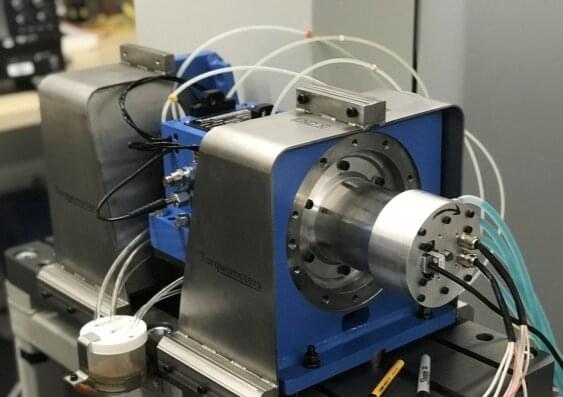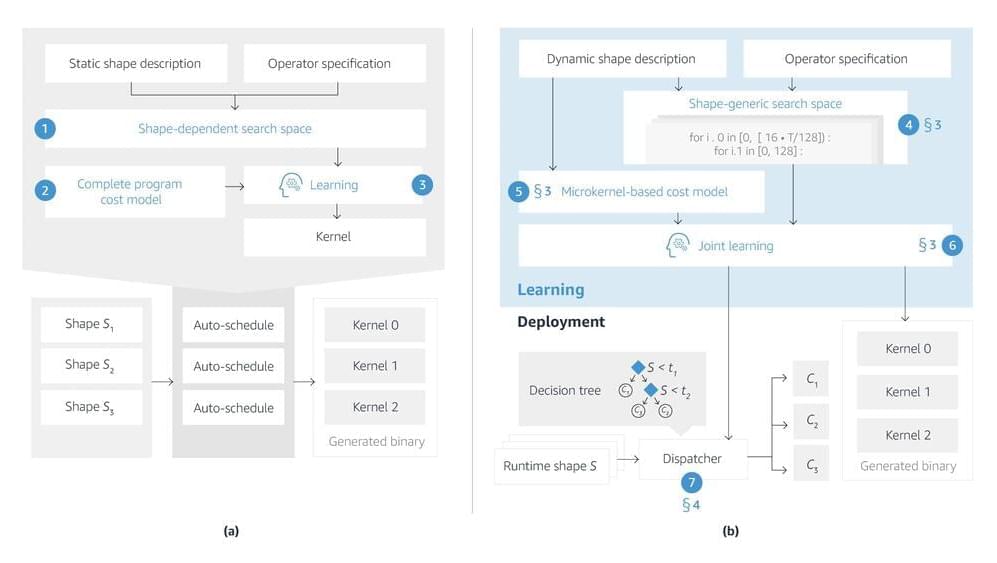Researchers at Oxford University’s Department of Computer Science, in collaboration with colleagues from Bogazici University, Turkey, have developed a novel artificial intelligence (AI) system to enable autonomous vehicles (AVs) achieve safer and more reliable navigation capability, especially under adverse weather conditions and GPS-denied driving scenarios. The results have been published today in Nature Machine Intelligence.
Yasin Almalioglu, who completed the research as part of his DPhil in the Department of Computer Science, said, “The difficulty for AVs to achieve precise positioning during challenging adverse weather is a major reason why these have been limited to relatively small-scale trials up to now. For instance, weather such as rain or snow may cause an AV to detect itself in the wrong lane before a turn, or to stop too late at an intersection because of imprecise positioning.”
To overcome this problem, Almalioglu and his colleagues developed a novel, self-supervised deep learning model for ego-motion estimation, a crucial component of an AV’s driving system that estimates the car’s moving position relative to objects observed from the car itself. The model brought together richly-detailed information from visual sensors (which can be disrupted by adverse conditions) with data from weather-immune sources (such as radar), so that the benefits of each can be used under different weather conditions.






